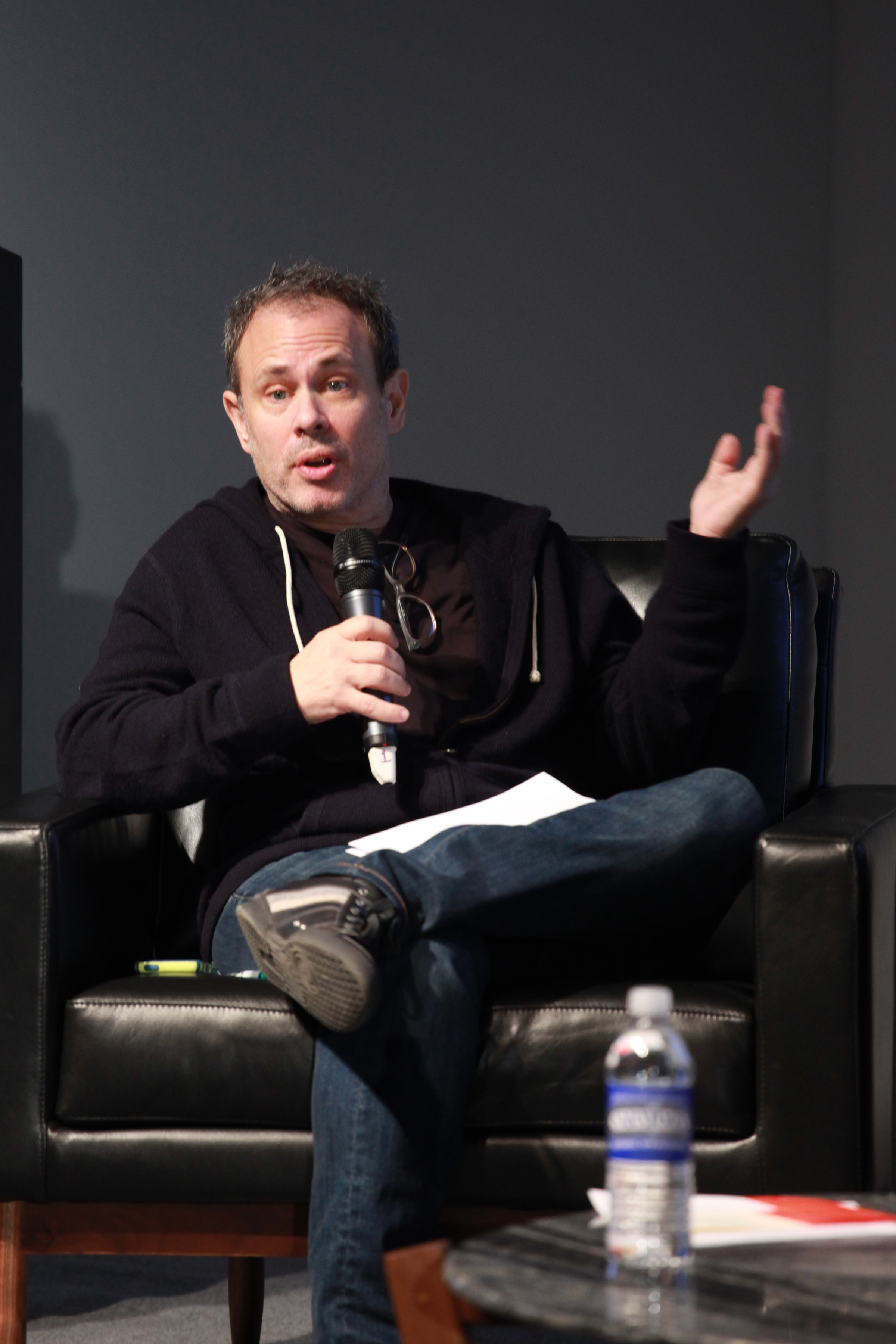
Allan Schwartzman, a top art advisor who shook up the art business when his art advisory firm was acquired by Sotheby’s for $50 million in 2016, is leaving the auction house. At a time when Sotheby’s is experiencing shakeups at all levels under its new ownership, Schwartzman will transition into a strategic consulting role and strike out on his own to develop an independent art advisory venture.
Moving forward, the advisory division of the auction house will be led by Nina del Rio, who previously served as vice chairman, Americas, and head of museum, private, and corporate art services at Sotheby’s.
Schwartzman said the conversations about his departure began a little over a year ago, but were finalized in recent months. “I still think of myself as the kid in the art world—I entered it when I was 19 years old,” Schwartzman told Artnet News. “I woke up a little over a year ago, 62 years of age, and I thought, I have been a curator, an art dealer briefly, a journalist, a critic, an analyst of the art market, and an advisor… I’ve done virtually everything in the field other than make art. Through this accumulation of experience, I realize that there’s more work to be done that I’m really excited about that is best launched independently.”
Schwartzman co-founded Art Agency, Partners with former Christie’s executive Amy Cappellazzo in 2014 and served as chairman of Sotheby’s global fine arts division for the past four years. The acquisition of the firm, completed under Sotheby’s former CEO Tad Smith, made waves in the art business as a bold effort to beef up private sales at the auction house and as a cornerstone of Smith’s strategy to transform Sotheby’s into a full-service art business.
But the direction of the company has shifted under its new ownership. After French-Israeli telecom magnate Patrick Drahi spent $3.8 billion to take Sotheby’s private last summer, he wasted no time cutting costs and shaking up departments. Over the past nine months, top executives including Smith and CFO Mike Goss have been replaced by executives from Drahi’s other companies. In December, following an internal reorganization that separated Sotheby’s into two global divisions, “fine arts” and “luxury, art, and objects,” Cappellazzo was appointed to lead the former.
When AAP was first acquired by Sotheby’s, the boutique advisory had a staff of 15. A spokesperson for Sotheby’s declined to comment about the current size of the staff, but said AAP will remain a subsidiary managed separately from the auction business. The announcement of Schwartman’s departure noted that “Sotheby’s will begin offering an expanded suite of advisory services to both new and mature art enthusiasts as well as organizations and institutions, at varied price points and across all collecting categories.”
Schwartzman is known for advising some of the top contemporary art collectors in the world, including Dallas connoisseur Howard Rachofsky and Brazilian mining magnate Bernardo Paz, whose Inhotim museum is one of the country’s most famous tourist attractions. Schwartzman remains creative director of Inhotim, a position he has held since the institution’s inception. “The core of clients I have worked with, I hope and expect that I’ll be continuing to work with,” he told Artnet News.
Schwartzman’s high-profile advisory relationships have not been without controversy, including his membership on the advisory board of Saudi Arabia’s Royal Commission for Al Ula, a region about 200 miles north of Medina that Saudi Arabia has been working to transform into a tourist hub. Moving forward, Schwartzman will remain on the advisory board.
In addition to his role as an art advisor, Schwartzman was a founding staff member of the New Museum of Contemporary Art in New York City and served as curator there from 1977 to 1980. He has also written about art for outlets including the New Yorker, the New York Times, Vogue, and Art in America.
Additional reporting by Julia Halperin